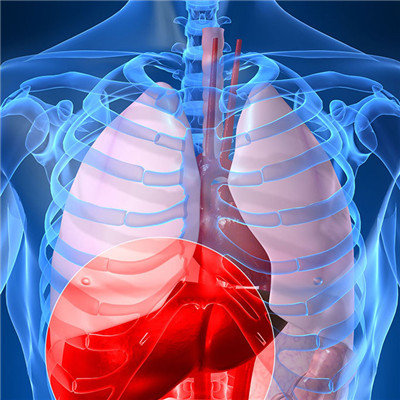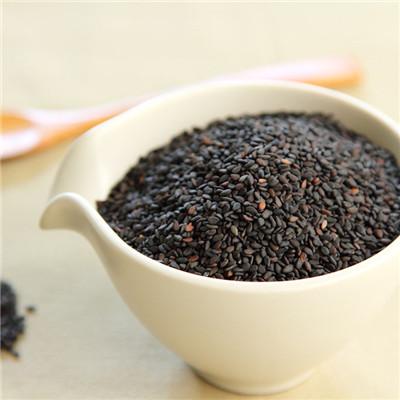Symptoms of pleural pain?
summary
Tuberculous pleurisy is a common extrapulmonary tuberculosis, which is caused by Mycobacterium tuberculosis and its metabolites entering the pleural cavity in a highly sensitive state. The incidence of tuberculous pleurisy is closely related to Mycobacterium tuberculosis infection and immune status. Tuberculous pleurisy belongs to the V type of five types of pulmonary tuberculosis. Although it is not a pulmonary lesion, it is closely related to pulmonary tuberculosis in clinic.
Symptoms of pleural pain?
Tuberculous pleurisy is a kind of exudative inflammation caused by the direct invasion of tuberculous bacteria from the primary lesions near the pleura, or the blood dissemination to the pleura through lymphatic vessels. The main clinical manifestations were fever, cough, chest pain and shortness of breath. It is common in children over 3 years old. It mainly occurs within 6 months of primary infection. The primary focus is mostly in the ipsilateral lung and can not be found. The incidence of tuberculosis is related to the high sensitivity of children.
The onset of the disease can be acute or slow, and most of them are acute. The symptoms of systemic poisoning include moderate and high fever, night sweats, fatigue and general discomfort. Local symptoms can be chest pain, dry cough, a large number of pleural effusion can be shortness of breath, chest tightness, sitting breathing and cyanosis.
Patients with dry pleurisy have limited lateral respiratory movement, local tenderness, palpable pleural friction, and pleural friction sound during auscultation. When effusion pleurisy pleural effusion is more, the affected side of the chest is full, costal space widened, respiratory motility and speech tremor weakened, trachea and heart moved to the healthy side, below the liquid level, the diagnosis of murmur, respiratory sound weakened or disappeared, there may be bronchoalveolar respiratory sound above the liquid level, occasionally small blister sound. The liver voiced boundary disappeared in the right pleural effusion. If there is pleural adhesions, hypertrophy, local chest depression, respiratory movement limitation, the diagnosis of dullness, respiratory sound weakened.
matters needing attention
During the treatment of pleurisy, the chest pain is aggravated, and the patient's condition is also aggravated: at the beginning of pleurisy, there is more water in the chest. At this time, the main performance is chest tightness. With the improvement of the patient's condition, the two layers of pleura become rough due to the inflammatory reaction of tuberculosis, and gradually adjacent with the absorption of pleural effusion. They produce chest pain due to mutual friction during human activities or breathing, especially in deep breathing, fatigue, mood discomfort, and pain It is more obvious when the weather changes. Therefore, the severity of chest pain does not represent the severity of the disease.










